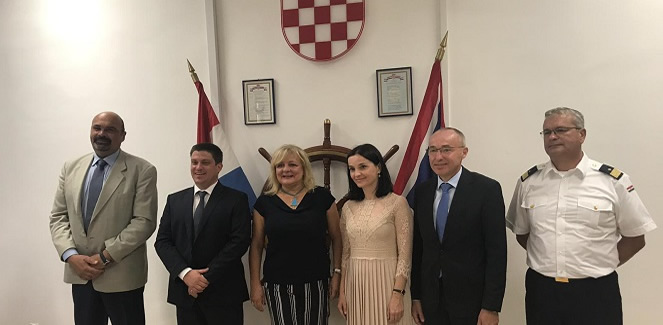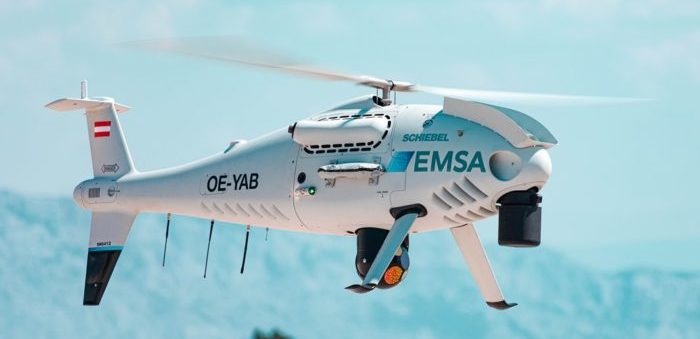The Croatian authorities are using EMSA’s Remotely Piloted Aircraft Systems (RPAS) to boost their coast guard functions, as to monitor vessel traffic, conduct search and rescue procedures and detection and monitoring of marine pollution.
Croatia’s Ministry of the Sea, Transport and Infrastructure requested the service in February 2019 and will make use of the service, in addition to their existing surveillance systems, for the three-month period.
Specifically, the RPAS will be under the control of the Maritime Rescue Coordination Centre of Rijeka, as well as the port harbour master and Vessel Traffic Service of Split. Also, it will be located on Brač and will conduct regular patrol flights, on-demand incident monitoring missions and specific inspection operations.
EMSA Executive Director, Maja Markovčić Kostelac commented
We are trying to roll out these multipurpose RPAS services as efficiently as possible to interested member states. There is enormous potential that we are already seeing, and I very much hope that Croatia – my home country – will be able to maximise the use of this particular model in its day-to-day maritime surveillance tasks.
In light of the RPAS system, EMSA provided specialised marine pollution response equipment available to the Croatian authorities, including a trawl net, and confinement and recovery system.
In the meantime, Croatian ministries entered into an agreement aiming to boost coast guard cooperation in a national level. Participants in the agreement were EMSA Executive Director in the presence of Minister of Defence and Deputy PM of Croatia – Damir Krstičević; Ministry of Maritime Affairs, Transport and Infrastructure – Oleg Butković; Minister of Agriculture overseeing fisheries – Marija Vučković; Deputy Minister of Sea, Transport and Infrastructure – Siniša Orlić; and Commander of the Croatian Navy – Commodore Ivo Rafanelli.

EMSA’s RPAS services have been developed to assist in maritime surveillance operations to support national authorities involved in coast guard functions. This includes: maritime pollution and emissions monitoring; detection of illegal fishing, anti-drug trafficking, and illegal immigration; border surveillance; and, search and rescue operations.
The operations may be triggered in a number of different ways, including by detections on satellite images provided through the EMSA CleanSeaNet and the Copernicus Maritime Surveillance services.






























































